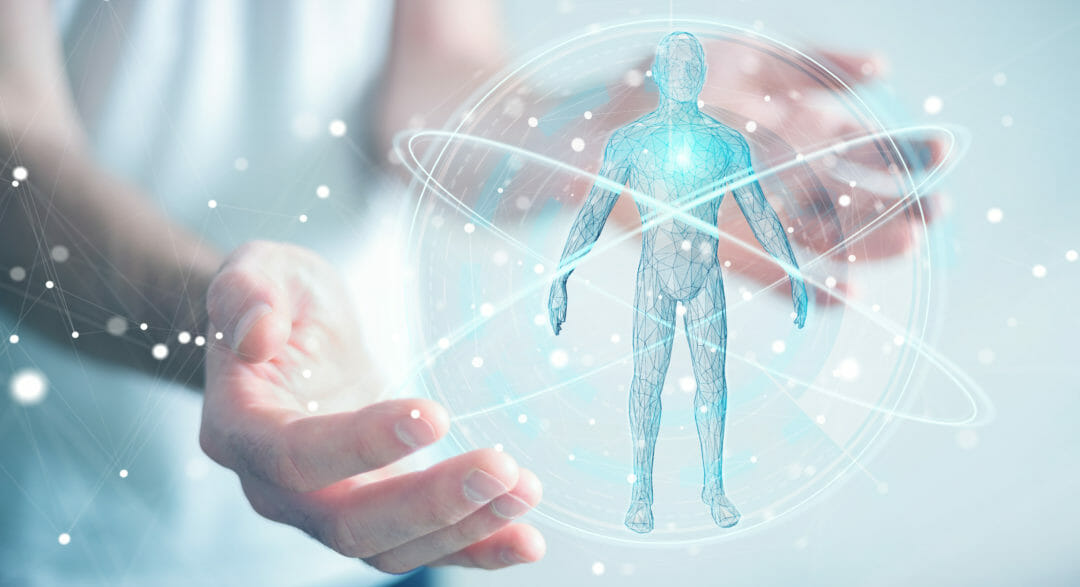This is an unprecedented time. In these unchartered waters, good information, good data and the capacity to derive good decisions with analytics are more critical than ever. In the fight against the novel coronavirus (COVID-19), there has been a wide swath of data science use cases being discussed, and in some cases, developed and deployed. Some achieved more prominence than others, but what they have in common is their potential to give us some optimism that technology will get us through this crisis.
While we are told to stay away from each other, what we need to do more than ever before is be as “close” together as we can and unite in our collective efforts to tackle the problem. We can only do this by sharing more and jointly developing new solutions. Here are a few new ways that data science is being leveraged to improve outcomes.
Direct Medical Use Cases
Artificial intelligence (AI)-powered drug discovery
Recently, Sage Health sponsored an open-source Drug Discovery Competition, where the three top submissions identified potential treatments using machine learning. Several drug discovery companies are also using AI-powered techniques to discover both new and existing molecules that can be used to combat COVID-19. The top existing drug (Remdesivir) is currently being evaluated in several trials.
Another open source invitation has been extended by the White House and a coalition of leading research groups that is just getting started as well. If you’re interested, you can learn more here.
Facial recognition cameras with automated temperature scans and mask detection
In China, officials are taking temperatures of individuals as they enter crowded facilities. Those with elevated temperatures are then taken for advanced screening, potential treatment, and isolation. In addition, many cameras can now identify individuals and detect the presence, or lack of, a mask (as required in public places in some countries) to help enforce the quarantine.
What you need to know about consumer privacy and facial recognition
Use of Fitbits to track disease spread
In a February 2020 article in The Lancet, researchers questioned whether wearable fitness devices (like a Fitbit) could be used to track the spread of illnesses. While the data science study was not specific to the coronavirus, it revealed a strong ability to track disease spread by monitoring and analysing changes in an individual’s resting heart rate, and because some wearable devices collect additional information such as pulse oximetry, ECG, or even cough recognition, you can imagine how this can be taken further.
Use of cell phones to predict infection spread and contain/quarantine high risk individuals
Korea, China, and Italy have implemented smartphone applications to help manage the quarantine of individuals. In the case of China, cell phone data is reportedly being leveraged to predict where potential outbreaks might happen next. By identifying who has contracted a disease and analysing their prior movement based on their phone’s location services, it’s possible to see who else may have been exposed, as well as in which areas exposure is most likely. Modelling this data, the Chinese government was able to predict which areas (neighborhoods and cities) would be at highest risk and who would benefit the most from a proactive quarantine. There’s discussion in the U.S. about leveraging this type of data as well.
Rapid dissemination of information
While we have seen governments, businesses, and NGOs rapidly collect and share data, there have been instances in which this collaboration seems to be making an especially great impact. In Taiwan, the government quickly made patient traveler history available to hospitals so that risk could be more properly assessed. Other information, like sites that infected people had visited, were posted and those who had visited those locations were asked to self-monitor and self-quarantine as necessary.
AI Diagnostics of CT Scans
AI-based software is being used to interpret CT images of patients’ lungs to look for signs of COVID-19 infection.
How IoT – and IoMT – is changing the face of medicine and healthcare today
Gaming the system: unintended analytic outcome
Following the outbreak of COVID-19, students in China were told to download an app called DingTalk to receive instruction and assignments while in quarantine. Quickly, the kids realized that if they collectively reduced the rating of the app, it would be removed from the app store. On Feb 11, 2020, the app received over 15,000 one-star reviews in a single day, reducing its rating from 4.9 to 1.4 stars — not exactly the goal of a rating system, but a very clever response to the analytic process of which ratings are a part! In an attempt to win back the students, DingTalk issued a humourous apology video. In the end, the app remained running, but it’s always good to think about the consequences of how analytics will be used and if there might be unintended effects.
Data-driven responses
Data science and analytics have a major role to play in tackling the world’s most complex challenges, such as the coronavirus. At the moment, we need to quickly respond to the developments and also be respectful of each other. Unfortunately, we could be in this for a long time. But we are in this together, and hopefully, over time, these and other examples will make us more optimistic in our outlook.








